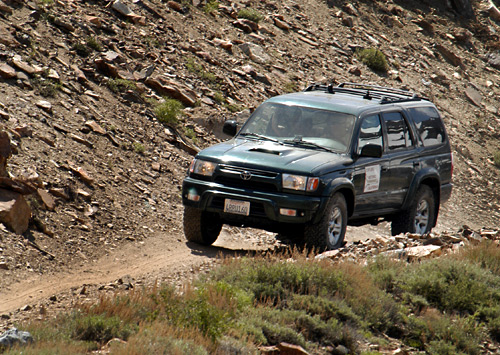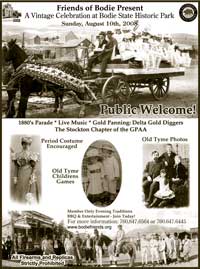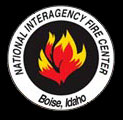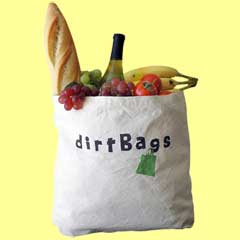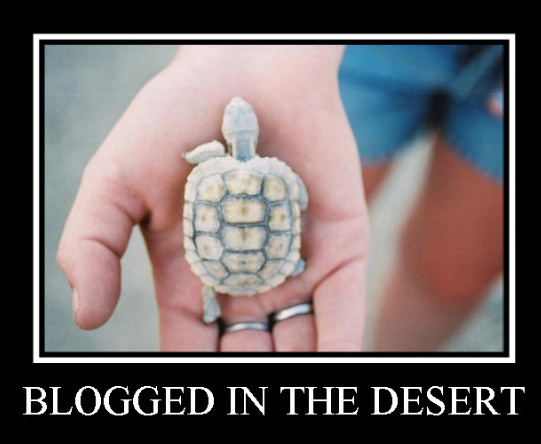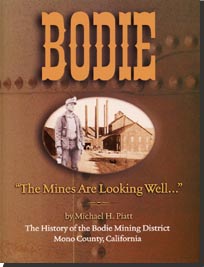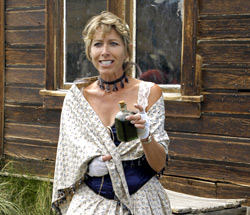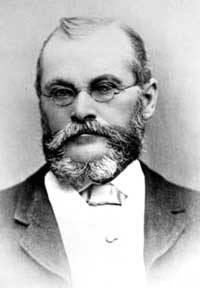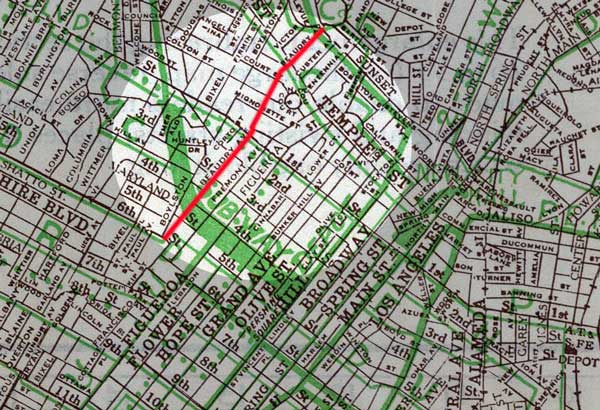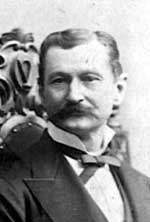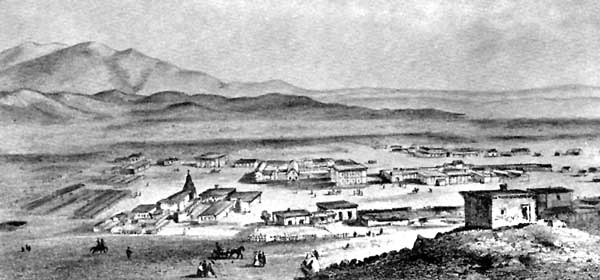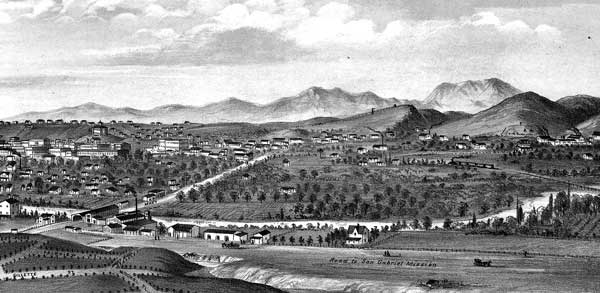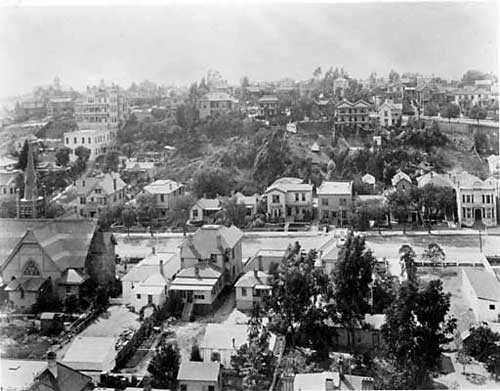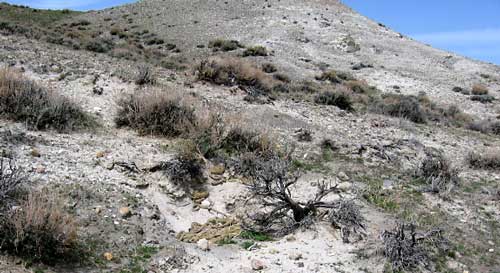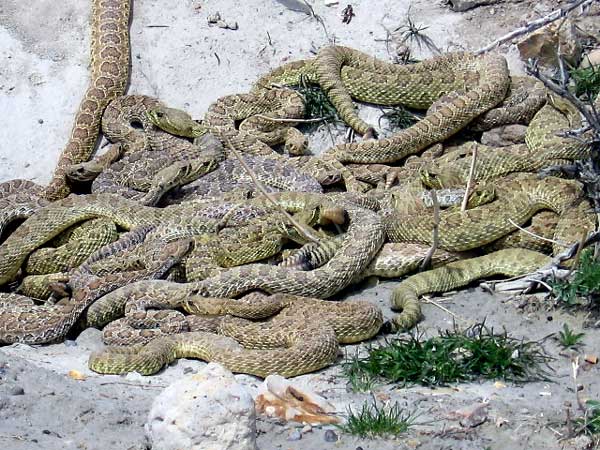|
|
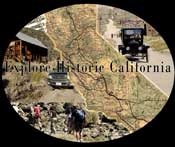
|
Prudent
Beaudry - Los Angeles City Maker |
|||||||||||||||||||||||||||||||||||||||||||||||||||||||||||||||||||||||||||||
From 1870 to 1872 the population of Los Angeles swelled from 5,700 to 9,000 thanks to shrewd land speculation which lead to the construction of over 2,000 homes. Prudent Beaudry, brother of Victor who was busy running a successful mining business (the ghost of which is well known to California backcountry explorers today) was primarily responsible for the building and population boom of the future megalopolis. Even after his death, Beaudry's accomplishments earned praise in the book, Sixty Years in Southern California by Harris Newmark.
In spite of this early visionary, most Angelinos are hard pressed to know how the Los Angeles street, Beaudry Avenue, earned its name.
Prudent was born in St. Anne Des Plaines, Province of Quebec, Canada. His native Canadian parents were of French ancestry. His father provided for the family with his earnings as a merchant, and served as an example that Prudent, and his brothers followed. The French schools of Canada provided Prudent's early education. He went on to pursue graduate studies in business at the English schools of New York City. The Canadian Rebellions of 1837 had just ended by this time, spurring Prudent to join efforts touting Canada's annexation to the United States. As efforts failed to annex Canada, Prudent decided to head to the United States himself, and wound up in New Orleans. Here he gathered experiences in commercial activities which would help him in his further venues throughout his life. As 1842 rolled around, Prudent found himself back in Montreal with his brothers forming an import-export business. Travel to England and Scotland was necessary to purchase stock. He continued in this business until sometime in 1850, when he decided to sell his interest to one of his brothers, and follow another to California.
The 1849 California Gold Rush brought Prudent's brother, Victor, to San Francisco. When Prudent arrived the climate was right for a general mercantile business. His entire capital of $26,000 was invested in the venture. The possibilities of business related to the construction of the Nicaragua Canal called to Victor, however, leaving Prudent with everything in San Francisco. Within two and a half months Prudent cleared $33,000. Unfortunately, soon after his financial success, two fires nearly destroyed his retail business. Not long after the fires, large shipments of sugar and other commodities arrived at the sea ports. Prudent along with many other San Francisco merchants found themselves in an overstocked market. In an ironic twist of the economy, he found himself walking Montgomery Street sidewalks which were now built of the boxes of plug tobacco and other goods that could no longer be traded. Finding himself left with a thousand dollars or so of goods and two or three hundred dollars in actual cash, Prudent Beaudry traveled south to the pueblo of Los Angeles. On Main Street across from the Abel Stearns home, he set up a small store. Within thirty days he had $2,000 and only part of his stock left. This prompted Prudent to move to Commercial Street where he formed partnership, first with a man named Brown, and then with one named Le Matre. A short time later he bought them out and ran the successful enterprise by himself, catering to the more wealthy clients.
By 1854, Prudent found he was able to invest in more property at the corner of Aliso and Los Angeles streets, which subsequently became known as the "Beaudry Block." Following an initial investment of $11,000, he added $25,000 in improvements. The now elongated adobe enabled him to bring the rents from $300 to $1,000 a month. As a sleepy pueblo grew, Prudent Beaudry's success and wealth also increased. The hard work began to take a toll on his health, however. In 1855, finding California lacking in the latest medical procedures, he traveled to Paris where he consulted unsuccessfully with the eminent oculist, Sichel, for problems with his eyes. Prudent's interests in Los Angeles were left in the hands of his brother, Victor, who had returned from Central America. This enabled Prudent to return to Montreal for five years where he recuperated. The Civil War called to Victor Beaudry in 1861 bringing Prudent back to Los Angeles so his brother could pursue merchandising efforts with the Army of the Potomac. Prudent remained in business in the Beaudry Block until 1865. After three years, and a profit of over $40,000, health issues again forced Prudent into short retirement. Aside from benefiting from miners by providing much needed supplies and services to them, Victor Beaudry dabbled in the mining industry itself, with interests in the San Gabriel Mountains, and eventually found big time success in the Inyo Mountains at the Cerro Gordo Mines. Prudent was prompted to try his hand at mining when the Slate Range Gold and Silver Mining Company became indebted to Prudent for a large amount of goods he had sold them. The company, consisting of a thirteen stamp mill, twelve buildings, and six mines was sold at a sheriff's sale. Prudent saw his opportunity and bid on it. Unfortunately, roving bands of Indians discovered the mine and buildings and burned them to the ground. Prudent was left with $6,000 in insurance, and a strong distaste for mining ventures. By 1867, Prudent Beaudry saw even more promise of growth in Los Angeles. He capitalized on it by buying real estate. He purchased the steep hillside of New High Street for $55, opposite the Pico House. He built houses and made improvements, then proceeded to purchase another twenty acres bounded by Second, Fourth and Charity Streets. The original investment of $517 for the second piece of property soon turned into a profit of $30,000 as Beaudry sub divided it into eighty lots and put them up for sale.
Another acquisition of thirty nine acres between Fourth and Sixth streets and Grand Avenue and Pearl Street included some of the finest property in Los Angeles at the time, putting over $50,000 in his bank accounts. It was said that many a happy home became the property of the poor man because of Prudent Beaudry's ability to popularize real estate and bring it to reach of the common man by selling on small monthly payments. Beaudry not only bought and sold properties; he made sure the communities were provided with appropriate water systems, graded streets and eventually, public transportation systems as well.
By the 1880s circulars could be seen throughout Los Angeles printed in red ink with bold headlines reading:
The Los Angeles City Water Company was organized in 1868 under the leadership of Prudent as its first president. Water mains were built to supply water for the properties he had purchased and sold to others. Once the lower regions were supplied, Prudent devoted himself to perfecting a high service system that supplied water to hills west of the city. This system would ultimately be responsible for turning barren land into elegant residences and business blocks for the most agreeable properties of the city. Prudent, also joined forces with George Hanson and others in creating a canal and reservoir system that brought water from the Los Angeles River. In addition to building waterworks, Beaudry was the first person responsible for paving the streets of the growing town. From 1874 to 1876, following service as a member of the Angeles City Council, Prudent Beaudry became the city's thirteenth mayor. In his later years Prudent continued to keep himself busy with water, real estate, and transportation, to help meet the needs of the little pueblo which had now grown into a major city of over 13,000 citizens. As time went on, he withdrew from public service enjoying good health until the last week of his life. Prudent Beaudry, a lifelong bachelor, died in the spring of 1893. Upon his death the Los Angeles Times reported:
Bibliography
City-Makers: The story of
SouthernCalifornia's First Boom
The Library of Congress Map collection
The David Rumsey Historical Map Collection
The Los Angeles Public Library Photo collection
|
||||||||||||||||||||||||||||||||||||||||||||||||||||||||||||||||||||||||||||||
|
||||||||||||||||||||||||||||||||||||||||||||||||||||||||||||||||||||||||||||||

